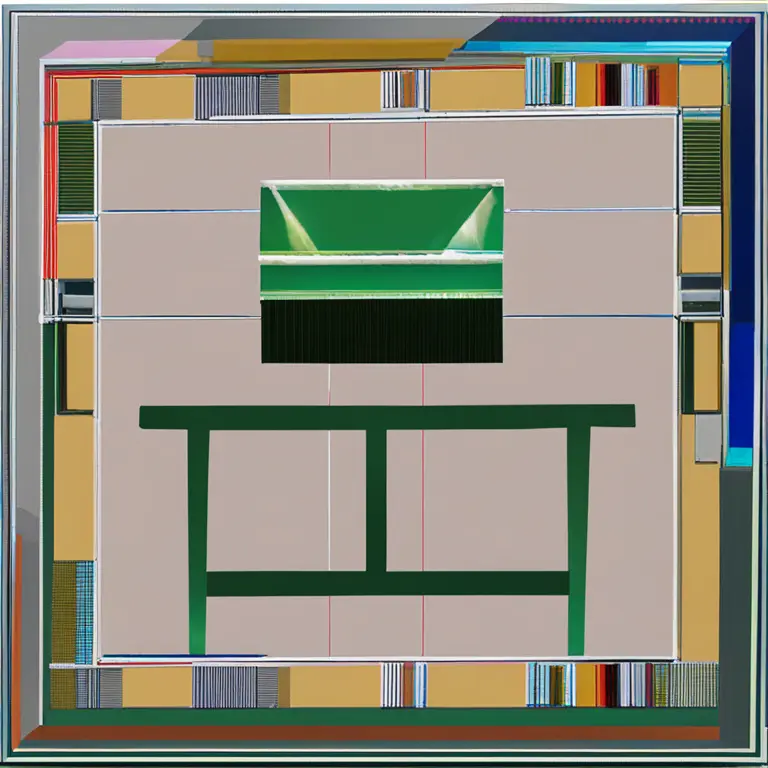
The Diverse Practices of Palmistry
Delve into the fascinating world of palmistry types and discover the different techniques used to read the lines and shapes of the hand for insights into personality and destiny.
article by Nora Pennington
Introduction to Palmistry
Palmistry, or chiromancy, has been a source of curiosity and intrigue for centuries, providing insights into an individual's traits and future through the study of hands. Understanding the various types of palmistry can empower enthusiasts and practitioners alike to navigate this esoteric practice with more depth. From the shape of the hand to the lines crisscrossing the palm, each element holds significance. This article will shed light on the multiple approaches within the art of palm reading, elucidating the rich tapestry of interpretations that cater to the diverse needs of the curious and the seekers of wisdom.

Classical Palmistry
Classical palmistry is rooted in ancient practices and focuses on the major lines — the heart, head, life, and fate lines — interpreting them to predict life events and personality traits. These foundational beliefs are shared across different schools of thought, whether Eastern or Western traditions. Classical palmistry is often the starting point for beginners and serves as the backbone of more specialized types and techniques in the practice.

Chirognomy and Chiromancy
Chirognomy is the study of hand shapes, finger patterns, and the consistency of the palm, providing insights into one's temperament and natural predispositions. Meanwhile, chiromancy focuses on the lines and markings on the palm, often associated with future events and life changes. By combining both chirognomy and chiromancy, a comprehensive palm reading can be performed, encompassing both innate characteristics and potential life trajectories.

Medical Palmistry
Medical palmistry, also known as diagnostic palmistry, uses the hand's lines, textures, and shapes to identify potential health issues. This practice examines markers that could indicate various physical ailments and is sometimes used in conjunction with traditional medical diagnosis. Practitioners of medical palmistry must have an understanding of both palmistry and basic medical knowledge to interpret these signs accurately.

Psychological Palmistry
Originating from Carl Jung's theories on psychoanalysis, psychological palmistry merges traditional palm reading techniques with psychological concepts. It delves into the subconscious mind, utilizing the hand as a tool to understand an individual's thoughts, behaviors, and emotional patterns. This modern approach can help uncover underlying psychological motives and is often used in counseling or self-discovery contexts.
Evolutionary Palmistry
Evolutionary palmistry focuses on hand features as they relate to individual growth and development. It posits that the hands are a reflection of one's evolution, both personally and spiritually. This type of palmistry emphasizes the empowerment of the individual, aiming to guide them toward personal transformation and a higher understanding of their life's purpose.
Integrative Palmistry
As an emerging field, integrative palmistry combines elements of classical palmistry with modern interpretations and holistic approaches. It incorporates knowledge from astrology, numerology, and energy work to provide a more comprehensive reading. By integrating these diverse practices, the practitioner offers a layered analysis, creating a unique and personalized experience for the client.
Published: 1/11/2024
Modified: 1/12/2024
More predictions
Come back here soon to learn more about yourself and your future


Can Palmistry Predict Your Path Incorrectly?
Delving into the accuracy of palm readings, this article examines whether palmistry can lead to incorrect predictions about one's life and destiny.


The Efficacy of Palmistry: Real Insight or Fancy?
Delve into the validity of palmistry as a form of divination. Is there a truth behind the lines on our palms, or is it just a charming fancy?


Palmistry Basics: How to Read Your Hand's Secrets
Learn the basics of palmistry with this guide on how to read the lines and shapes of your hands to reveal insights about your personality and future.